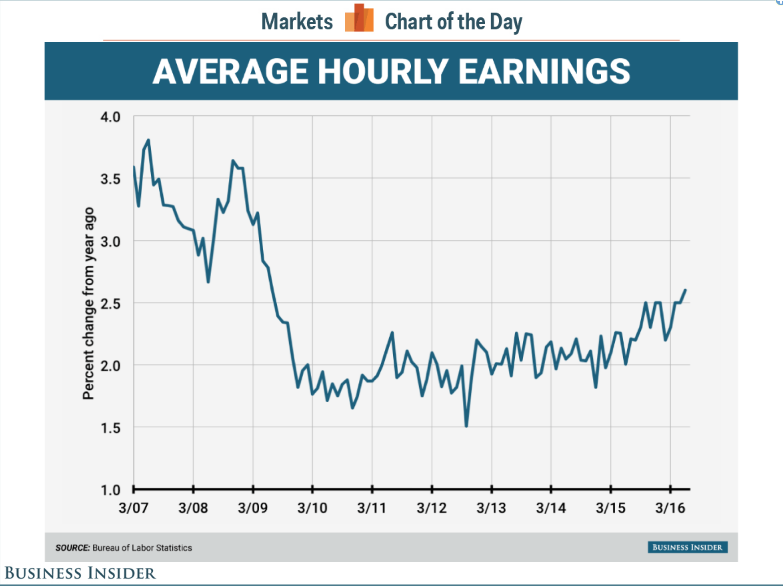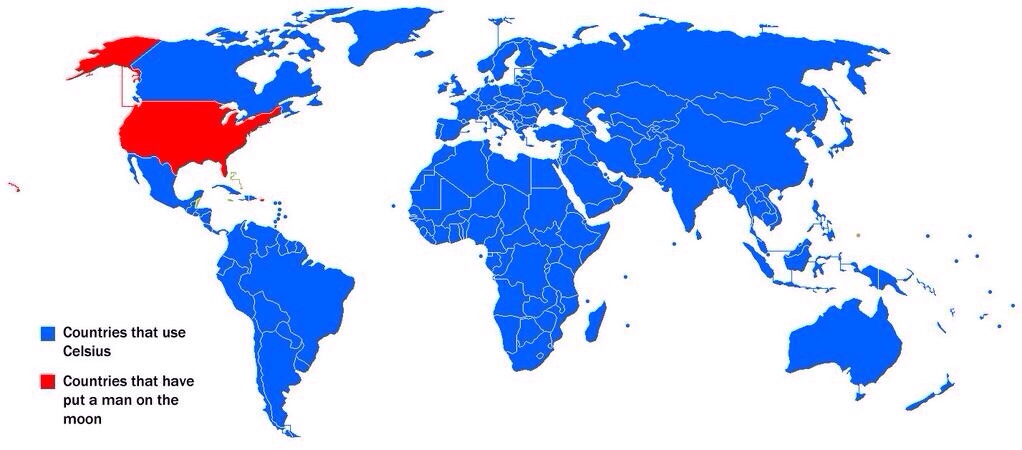There’s this thing that happens with dating nowadays, called the Fade Away. I know this because I have teenage sons. The Fade Away is when you’re dating someone and you know it’s not for you long term, but instead of just telling that person you start the Fade Away process.
You stop talking and start texting. The texting slowly becomes less frequent, spread out and shorter in length, to eventually stopping altogether. No finalization. No uncomfortable exchange of items. Just fading away into a life without that other person being in it.
You see, back in my dating days, well, we didn’t have texting. You had phone calls that you could duck for a while, but let’s face it your parents were not going to cover for you, so eventually, you had to face the other person. Those conversations were awful, I so wish I had the fade away!
Because of how we treat our personal relationships today, candidates are now using the Fade Away on companies. Recruiters talk to a candidate, they seem excited, they call you back every time you call them. They give you their cell phone number and you begin to text. All is right in the recruiting world. At some point, the candidate decides that the position, or the company, or you just isn’t right for them and they stop returning calls and texts. It’s not all at once, it just gets less, until it fades away completely. Just like we were dating.
Here are some ways to stop the Candidate Fade Away:
1. Be the understanding Girlfriend. You know the type: “No! No! Really! I get it! At any point you aren’t cool with this, I’m totally cool with this, let’s just make sure we are straight with each other and tell each other!” Then you tell her and she loses her effing mind! Okay, ladies, I know, it works both ways! As a recruiter start out the candidate relationship like this, be a pro. “Tim let me tell you how I work up front. There is going to come a time when you might feel I presenting you something that you just don’t want for some reason. I’m completely cool with that, I’m presenting you. I’m your Jerry Maguire. Let me know right away, and I’ll make sure we both look good when speaking to the company and hiring manager. But I need to know up front what’s going on.”
2. It’s about you, not me. Find out how the candidate prefers to be communicated to and have them set the terms. This usually works out well, because they become invested. You told me this is how you wanted to be communicated to, and I’m following what you wanted. Experienced recruiters usually hate this route because they’ve been trained to ‘control’ the candidate. Used in the right manner it can be very effective.
3. Call out the Fade Away! Making fun of what is going on won’t connect with everyone, but it will definitely connect with some. Many folks will get defensive if you call them out on the Fade Away, but if you have fun with it, you’ll get some to come back around and laugh it off. “Timmy! Are you trying to break up with me!? Come on, let’s talk this out, we could be so good for each other, at least talk to me before you break up with me!” You’ll get a response to this, trust me!





